The ukulele has come a long way since its humble beginnings in the islands of Hawaii, evolving from a traditional instrument used in Hawaiian music to a versatile and beloved instrument embraced by musicians worldwide. From its roots in traditional Hawaiian tunes to its prominent role in modern covers of popular songs, the ukulele has captured the hearts of music lovers everywhere with its charming sound and infectious spirit. In this article, we'll explore the fascinating evolution of ukulele music, tracing its journey from its origins to its current prominence in contemporary music.
Traditional Hawaiian Music
The ukulele has deep roots in traditional Hawaiian music, where it has been a cherished instrument for generations. Introduced to Hawaii by Portuguese immigrants in the late 19th century, the ukulele quickly became an integral part of Hawaiian culture, accompanying songs and dances at gatherings, festivals, and ceremonies. Traditional Hawaiian ukulele music is characterized by its gentle, lilting melodies, rhythmic strumming patterns, and lyrics that celebrate the beauty of the islands and the spirit of aloha.
Jazz Age and Tin Pan Alley
In the early 20th century, the ukulele experienced a surge in popularity on the mainland United States, thanks in part to its prominent role in jazz music and the burgeoning Tin Pan Alley songwriting scene. Vaudeville performers, jazz musicians, and songwriters embraced the ukulele for its bright, cheerful sound and compact size, incorporating it into their performances and compositions. Ukulele-driven hits such as "Yes! We Have No Bananas" and "Ain't She Sweet" became staples of the Jazz Age, cementing the ukulele's place in American popular music.
Rise of the Ukulele Revival
Although the ukulele experienced a decline in popularity following the Jazz Age, it experienced a resurgence in the mid-20th century with the rise of the ukulele revival movement. Inspired by the simplicity and charm of the instrument, musicians and enthusiasts rediscovered the joy of playing the ukulele, forming ukulele clubs, festivals, and communities around the world. Artists such as Israel Kamakawiwo'ole and Jake Shimabukuro helped popularize the ukulele with their innovative playing styles and viral performances, sparking a renewed interest in the instrument and its music.
Modern Covers and Pop Culture
In recent years, the ukulele has enjoyed a renaissance in popular culture, thanks in part to its prominent presence in modern covers of popular songs. From viral YouTube videos to chart-topping hits, the ukulele has found its way into a wide range of musical genres, from indie folk and acoustic pop to rock and hip-hop. Artists such as Twenty One Pilots, Vance Joy, and Billie Eilish have incorporated the ukulele into their music, bringing its unique sound and charm to new audiences around the world.
Conclusion
From its origins in traditional Hawaiian music to its current prominence in modern covers of popular songs, the ukulele has undergone a remarkable evolution, capturing the hearts of musicians and music lovers alike with its timeless appeal. Whether you're strumming along to a classic Hawaiian tune or putting your own spin on a contemporary hit, the ukulele continues to inspire creativity, connection, and joy through its delightful sound and infectious spirit. As the ukulele continues to evolve and adapt to new musical styles and trends, one thing remains certain: its enduring popularity and influence on music are here to stay.
By tracing the evolution of ukulele music from its traditional roots to its modern-day prominence, we gain a deeper appreciation for the instrument's rich history and enduring appeal. Happy strumming!

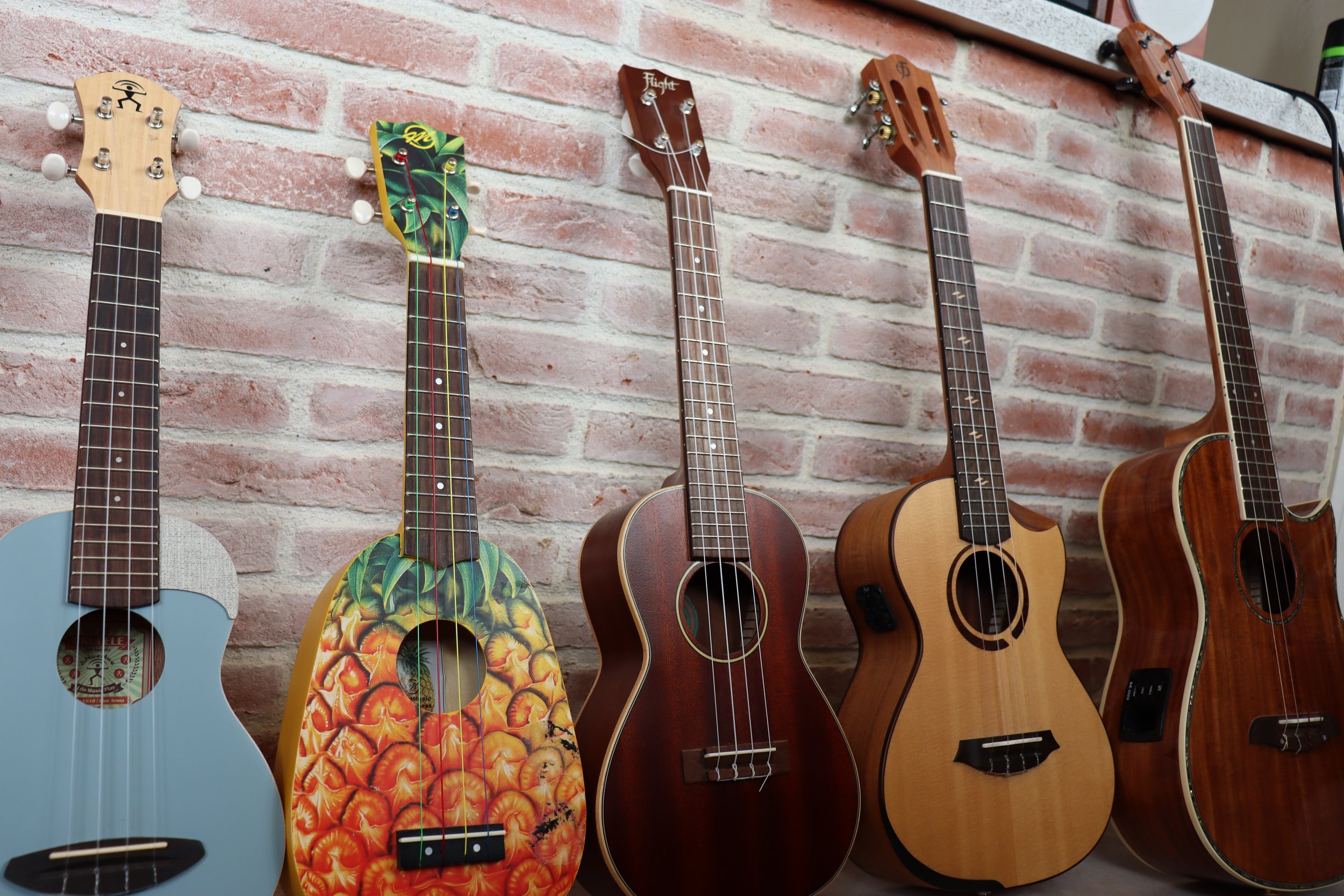
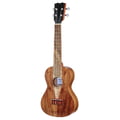
 Thomann Concert Ukulele Standard
Thomann Concert Ukulele Standard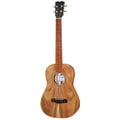
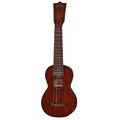
 Martin Guitars 0 Soprano Ukulele
Martin Guitars 0 Soprano Ukulele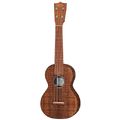
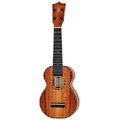
 Kamaka Standard Deluxe HF-1D
Kamaka Standard Deluxe HF-1D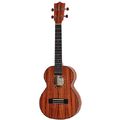
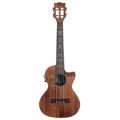
 Kala KA-SA-TE-C Acacia Tenor Uke
Kala KA-SA-TE-C Acacia Tenor Uke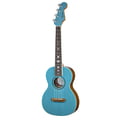
 Fender Dhani Harrison Ukulele Tq
Fender Dhani Harrison Ukulele Tq